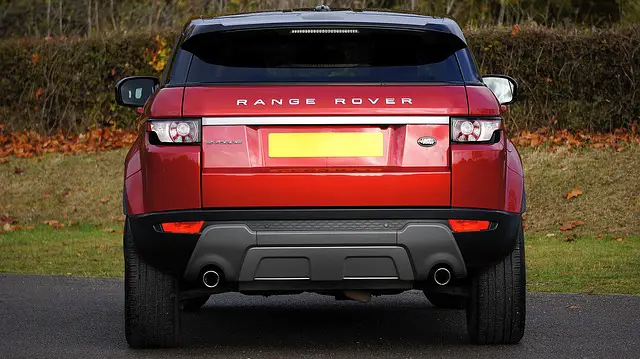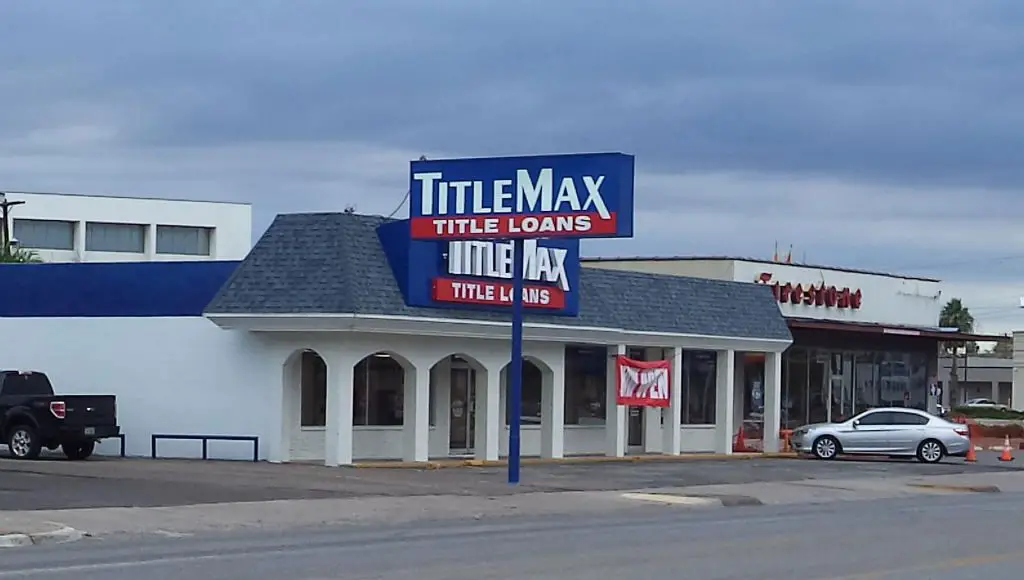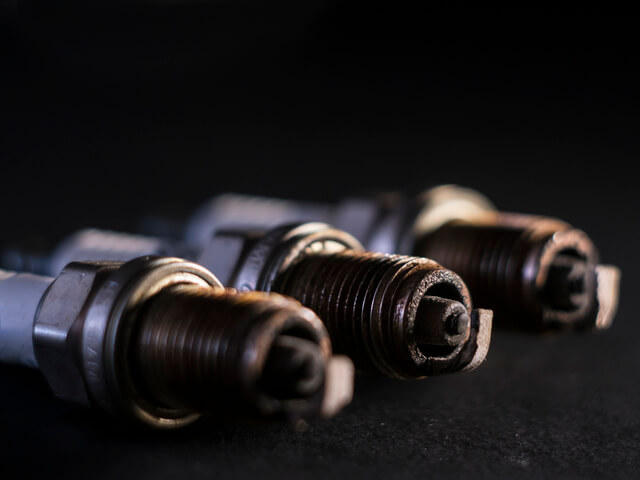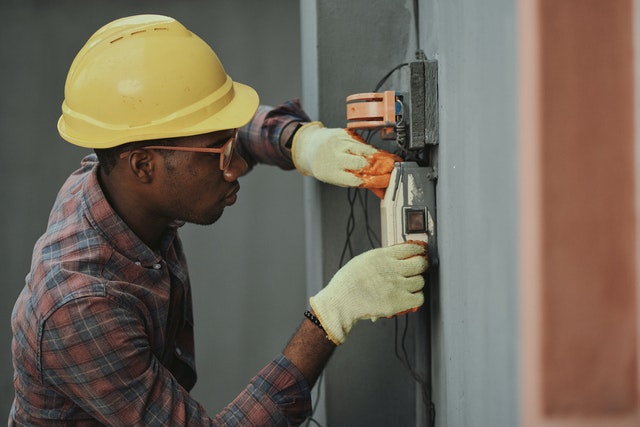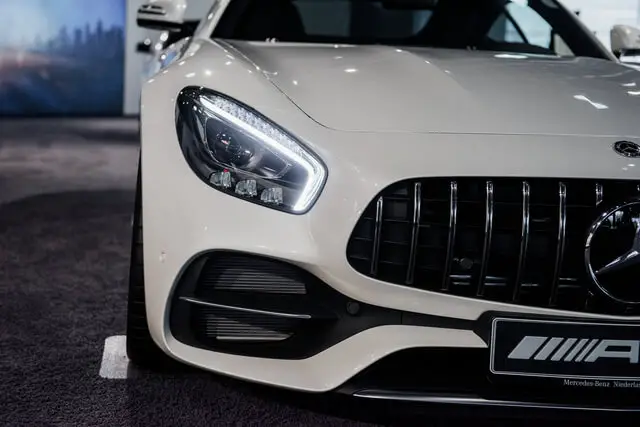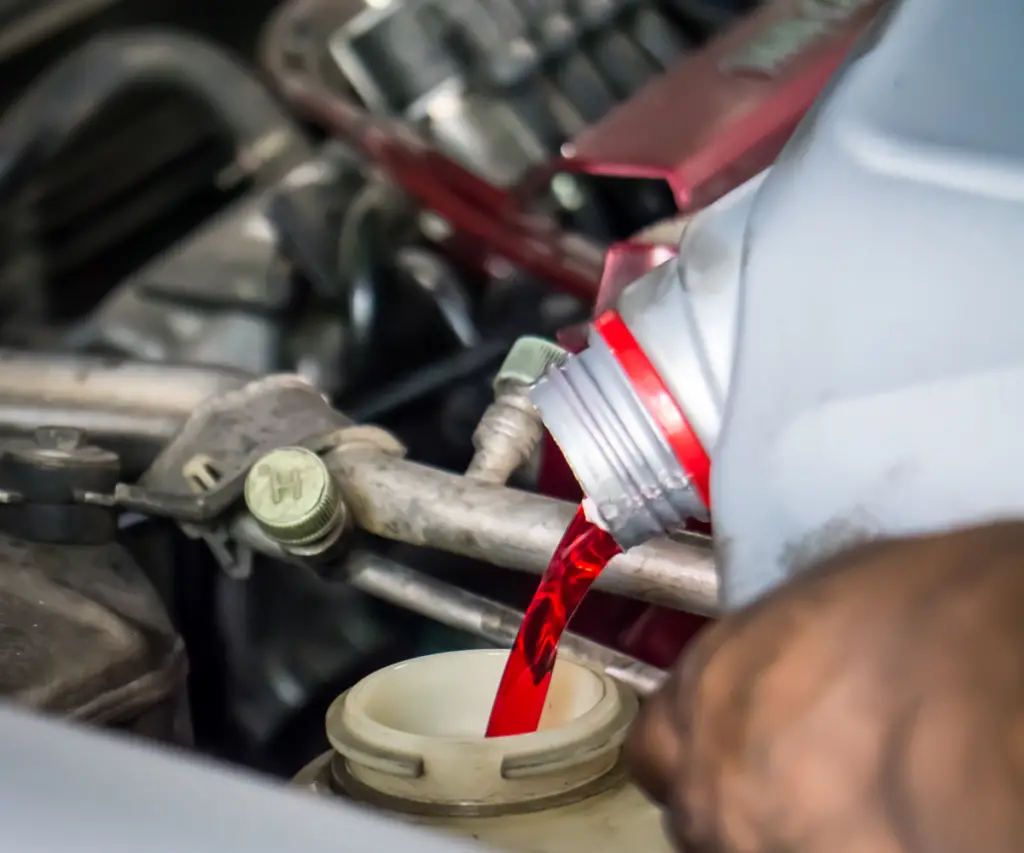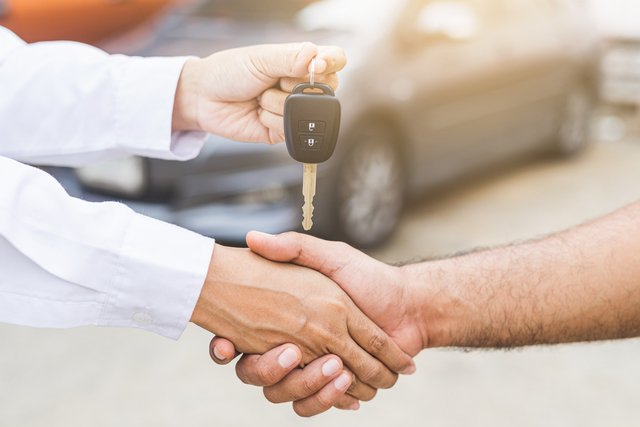Peeling paint occurs when one of the three layers covering the car’s body (primer, paint, and clear coat) damages, most often by a small scratch or chip. This occurs by prolonged exposure to the sun’s UV rays or a poor paint job. Flaking paint can spread if left untreated, exposing the bare metal bodywork to moisture, oxidation, and ordinary wear and tear, so it is essential to address it as soon as possible. Let’s learn how to fix peeling paint on car bumper.
How to Fix Peeling Paint on Car Bumper

- Conduct a thorough examination and cleaning of the area.
- Sand the area.
- Prime it.
- Apply the desired amount of paint and clear coat.
Step 1: Examine and Clean the Area
Since determining the extent of the problem can sometimes be difficult, thoroughly inspect the entire region to ensure that no future patching will occur.
What looks like a small patch of flaking paint often reveals something more when you examine the paint closely. It is critical to remove the flaking paint, as it cannot be restored to its former state.
Once the spots with flaking paint have been located, thoroughly wash the vehicle to remove debris and dirt.
Step 2: Sand the Area
To ensure total protection against future peeling, you should remove each application down to the primer coat. This is best done with 1200 grit sandpaper. Remove the paint from a 5- to 10-centimeter radius around the damaged area as well.
Step 3: Prime it
If you apply spray paint directly to the metal, you will face some difficulties. The color will have trouble adhering to the surface, and the metal will be unprotected, making it susceptible to rust and other problems.
Using a primer before painting eliminates this, as it adheres to the surface and forms a smooth, protected layer from painting over. Using a thick primer will help smooth out any irregularities in the metal surface, resulting in a smooth finish.
Before starting, make sure the area is clean and dry; it usually takes several coats of primer to cover the metal surface completely. Once the primer has dried, you will be able to spot any blemishes or rough spots. If you see anything, sand it out again and reapply the primer. You must take your time and create as smooth a surface as much as is humanly possible.
Step 4: Paint and clear-coat the surface.
Repainting the affected area is the next step. A precise match will be necessary while painting your home. You can search by manufacturer, color, and vehicle year, or if you know your vehicle’s color code, you can use that to locate the correct paint.
For best effects, apply 2 to 3 coats of paint over the primer, followed by the same number of coats of clear lacquer. Apply both paints in thin, even coats, pacing between applications for 10 to 30 minutes.
This will help you achieve a flawless, professional-looking finish without spending a fortune. Allow a few days for the new paint to cure before washing and waxing, as usual, to keep it protected and shiny.
Frequently Asked Questions
How much does it cost to fix a paint chip on a bumper?
After smoothing the damaged area, they will paint it. The cost is usually between $300 and $500 but can vary depending on the cost of your car’s paint. Expect to pay between $200 and $700, on average, for bumper repair.
How do you fix peeling paint on metal?
Remove all the flaking paint down to the bare metal. Remove any contaminants from the exposed metal, such as dirt, oil, or grease, and treat it with an etch solvent. Rinse the surface thoroughly with fresh water. Apply a galvanized metal primer. Refinish the surface with high-quality paint.
What is the cost to replace or repair a car bumper?
Bumper rebuilding is less expensive but can be more time-consuming. Although bumper substitution is quicker, it is also costlier. Bumper repair is generally less costly than bumper replacement and can be completed in the shop. Typically, bumper repair costs between $100 and $1,000.
Why does paint peel off metal?
Paint peeling from steel is usually the result of paint being applied to the metal surface before sanding or scrubbing. Because steel is a non-porous material, it is less susceptible to staining than wood, so it will need to be slightly roughened to create microscopic grooves for the paint to adhere to.
How to stop car paint from peeling?
Protect your vehicle from the elements, especially if you live in a prone area. Apply a coat of wax or a polymer paint sealant twice a year; this will not completely protect your paint from environmental toxins, dirt, and other debris, but it will help.
How can I prevent my car’s paint from chipping?
Keep an eye on the condition of your car and inspect it often. If you see any scratches or other damage to the exterior, have it repaired immediately to prevent the paint from peeling.
Bottom line
A variety of circumstances can cause peeling car paint. Typically, the cause is exposure to the sun’s UV rays or a poor paint job.
Flaking car paint, also known as delamination, occurs when one of the underlying layers loses adhesion to the surface below and separates. This can result in large and small flakes of paint flaking off the vehicle.
Scratches and dents can also cause paint to flake off the surface. All it takes to start the delamination process is a small chip in the clear coat. This is why it is necessary to protect and monitor your vehicle continuously.
Once the protective layer is damaged, moisture and contaminants from the environment infiltrate underneath the layers. The final consequence, the detachment of the vehicle’s paintwork, is not pleasant.

